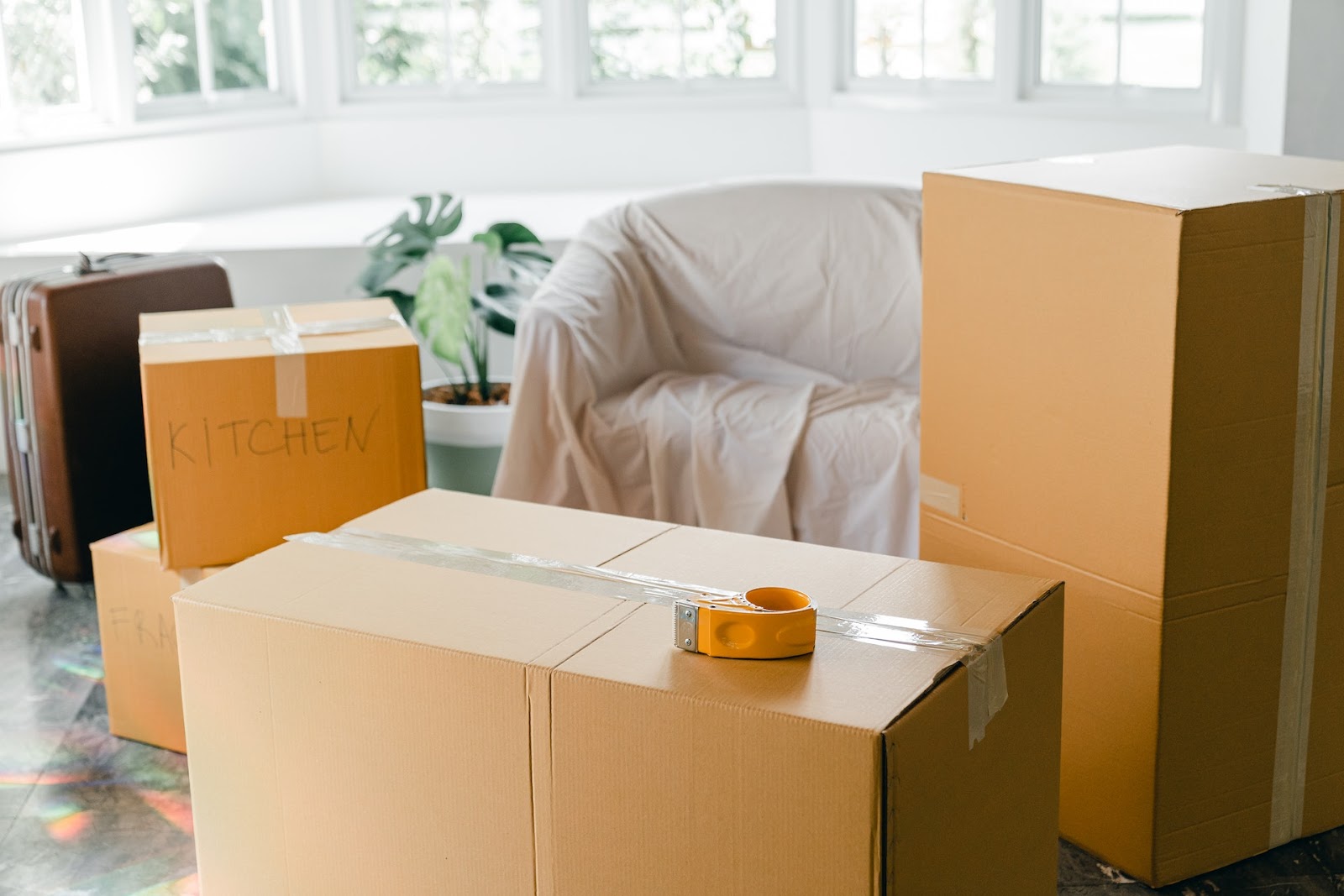It is exciting to move to a new apartment, but at the same time, it can be very overwhelming for an individual. Ensuring that you will be able to move with as little stress as possible requires the top 12 apartment moving tips that should range from planning and packaging to last-minute details.
Such tips will provide what one needs in terms of practicality for a smooth change into a new place. From the first-time mover to an experienced professional, these tips will help you save time and hassle and prevent unnecessary tension while making your move as easy as possible.
How Do I Plan My Move?
Moving into an apartment requires careful planning, so it’s best to start thinking about these things as soon as possible.
One of the first steps is figuring out what kind of apartment you need. Do you prefer easy access or additional space? It might sound obvious, but don’t forget to look at different neighborhoods and get a feel for what might best suit your lifestyle.
Learn more: New Home Checklist: The Ultimate Guide to Moving In
If you’re looking for some easy ways to make the process a little less painful, here are some tips:
Top 12 Essential Apartment Moving Tips for a Smooth Transition:
#1: Research Thoroughly
Use your smartphone or laptop to look for apartments for rent in the area you’re moving to and start contacting them as early as possible. Be sure to ask about parking options, utilities included in rent, etc.
#2: Check Reviews
When looking for apartments for rent, don’t forget to check their reviews. Some landlords and buildings are better than others. Reviews can help you easily avoid picking the wrong spot.
#3: Gather Your Stuff
When you find an apartment that has the right amenities and location and your tenant background check is made by the landlord, start by gathering all of the things you want to take and pile them in one location. This might be a spare room, the basement, or any other place where you can spread out. Once your possessions are collected in an open area, start with the most important ones first: family heirlooms, irreplaceable documents, such as birth certificates and marriage licenses, passports (bring originals), and photographs (digitize those first!). Then proceed through the rest of your belongings by category.
Learn more: Moving Long Distance – 21 Best Long Distance Moving Tips
#4: Organize Your Stuff
Get yourself organized before you start packing. Label every box with something that identifies what’s inside and where it goes (e.g., living room or kitchen). This way when you get to your new place and start unpacking, it’ll be that much easier.
#5: Move Furniture Out of the Way
Move furniture out of the way before loading boxes or other items on top of them. It will be tough to move couches and tables once boxes are piled on top of them!
#6: Prepare To Be Living Out of Boxes
Pack enough clothes in advance so that you don’t have to do laundry while unpacking in your new place. Think about all items that are “must-haves” immediately after your move and pack them in their own separate bag or box. Set these items aside.
#7 Pack Fragile Items Carefully
Pack dishes and glasses by hand rathe. Also, consider not putting especially fragile items in boxes if you want to avoid breakage.
#8 Keep trash bags handy
Be ready to throw away or recycle items you no longer need. And make sure you know how to dispose of hazardous materials, such as paints, oil-based cleaners, batteries, etc. These should never be thrown away with regular garbage.
#9: Cushion Your Items
Fill in any empty space with newspaper, packing paper, or bubble wrap for extra cushioning.
#10: Seal & Label Boxes
Seal your boxes tightly with packing tape to keep items safe in transit. Also, label boxes with a permanent marker so that you and/or your movers know where to put them in your new apartment.
#11: Retrieve Items in Storage
If you have your items with an on-demand storage provider like Clutter’s Smart Storage, set up an appointment to have any needed items delivered to your new location. If your items are in a self-storage facility, block time in your busy schedule to pick them up.
#12: Unpack Methodically
Upon arrival at your destination, unpack one box at a time. Start with the items most critical for life in your new place. But also try to finish unpacking one room before you start the next.
Should I Hire Professional Movers?
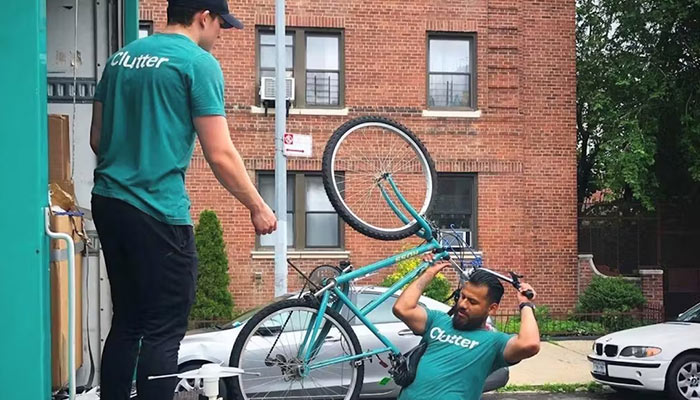
Professional movers are a great way to remove stress when moving into an apartment. They provide packing and unpacking services, as well as transportation of your items.
They can also help you decide what items you should bring with you vs. dispose of or put into storage.
Professional movers can also give you tips on how to pack more efficiently and safely, which can be especially helpful if it’s your first time moving on your own.
Moving into an apartment is always easier when you have the right tools for it, for exampleClutter’s moving service.
Learn more: How Much Does It Cost to Move? Moving Company Expenses Explained
How to Plan a Moving Budget:
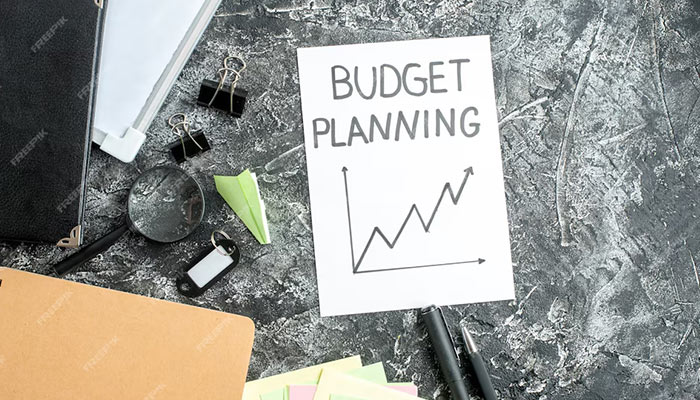
- List All Expenses: Include everything from movers, packing supplies, transportation, and any deposits or utility transfers.
- Get Moving Quotes: Request quotes from multiple moving companies to compare costs and services.
- Set Aside an Emergency Fund: Allocate a portion of your budget for unexpected costs like additional movers or rental equipment.
- Factor in Hidden Costs: Consider charges like parking permits, elevator usage fees, and cleaning services that might not be immediately obvious.
- Track Your Spending: Use budgeting apps or spreadsheets to monitor every moving-related expense to ensure you stay within your limits.
Learn more: 21 Essential Moving and Packing Supplies You Need For Your Next Move
How Do I Move My Stuff to Another Apartment?
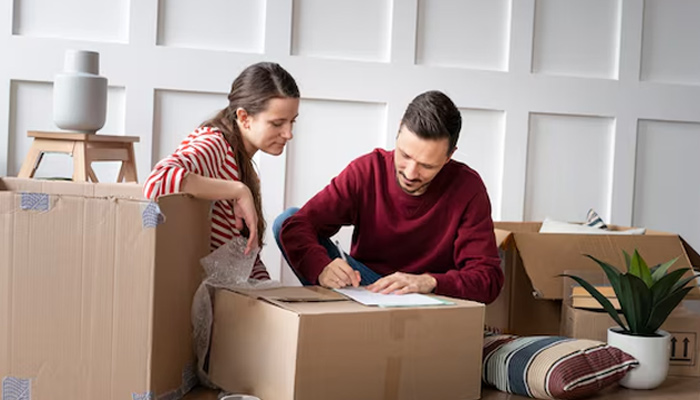
If you’re moving out of your current apartment and into another, you’ll need to have your furniture and other items moved from one place to the other as well.
Whether you’re moving on your own, with help from friends, or with professional movers, it’s important to make sure that everything goes smoothly.
This is especially true if you’ll be living in the new apartment before all of your stuff arrives. Follow these tips to successfully move your stuff to another apartment and become an ideal tenant.
Gathering Moving Supplies:
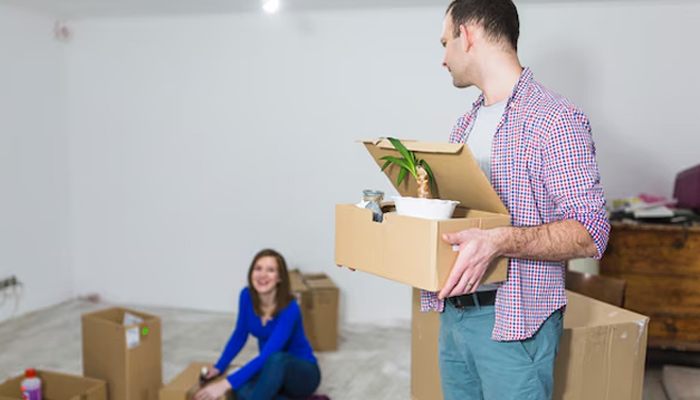
- Stock Up on Boxes: Gather sturdy boxes of various sizes for easy packing and stacking.
- Label and Color-Code: Use colored markers or labels for each room to make unpacking easier.
- Bubble Wrap and Cushioning: Protect fragile items with bubble wrap, packing paper, and old blankets for a safe move.
- Seal Securely: Use high-quality packing tape to ensure your boxes stay sealed during transport.
- Don’t Forget Specialty Supplies: Invest in wardrobe boxes, mattress covers, and furniture pads to make moving bulky items easier.
Learn more: Top 10 Essential Apartment Moving Tips for a Smooth Transition
What Happens If Stuff Breaks During My Move?
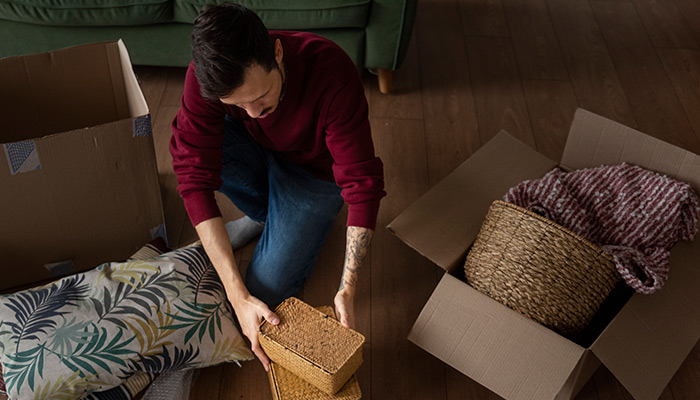
The last thing you want is for your items to break or be damaged in the process of moving.
However, what happens if something breaks during the move? Our recommendation is to check out storage insurance options when renting a storage unit and/or moving insurance options when using professional movers.
These policies can help cover any damages incurred in transit. In general, we recommend taking photographs of all furniture and household items before packing them so that any future damage can be tracked.
If there is an accident with your belongings during the move (e.g., a TV gets dropped), it’s also important to have renters insurance or homeowners insurance in place to make sure you’re covered against accidental losses.
While apartments for rent may not include features like laundry facilities and garage spaces, they still provide residents with enough space to accommodate all their needs without compromising comfort and ease.
Challenges of Moving Apartments:
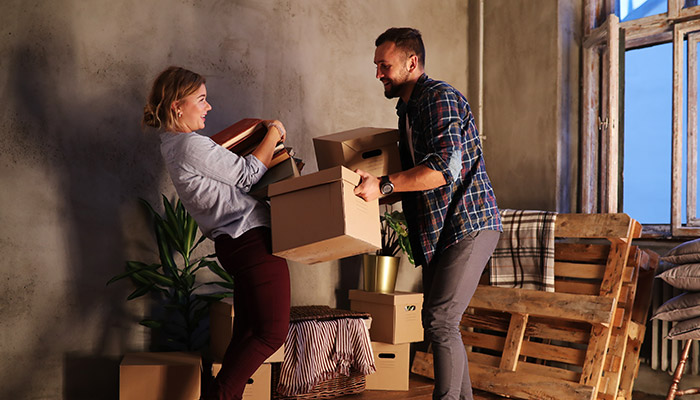
- Time Management: Juggling work, daily responsibilities, and moving can be overwhelming. Lack of time often leads to last-minute packing and forgotten items.
- Emotional Stress: Moving means adjusting to a new environment, which can stir anxiety and emotional fatigue.
- Logistical Hurdles: Coordinating movers, vehicles, and navigating permits can turn a simple move into a logistical puzzle.
- Unexpected Costs: From packing materials to moving services, surprise expenses can quickly add up, stretching your budget.
- Safety Concerns: Handling heavy boxes and fragile items increases the risk of injury and damage, making safety a priority.
Tips to Create a Moving Timeline:
- Start Early: Begin planning 6-8 weeks in advance to give yourself enough time for every stage of the move.
- Break Tasks Into Phases: Segment your timeline into packing, decluttering, paperwork, and booking movers to stay organized.
- Prioritize Key Tasks: Focus on major tasks like setting up utilities and changing your address first, leaving packing for later.
- Use a Moving Checklist: Create a checklist with deadlines to ensure nothing falls through the cracks.
- Leave a Buffer: Build in extra time for unexpected delays to avoid last-minute stress.
How to Declutter Before Packing:
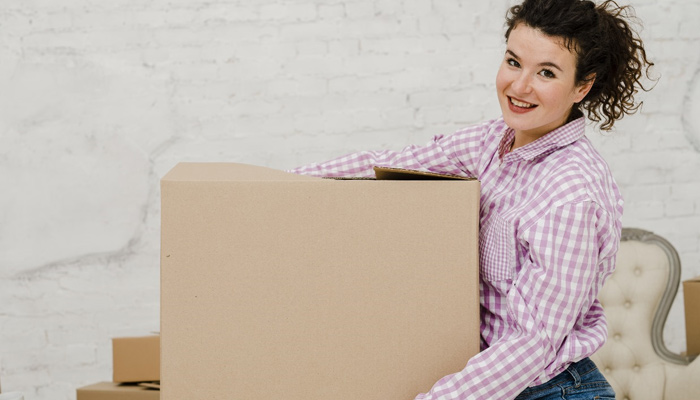
- Tackle One Room at a Time: Start with the least-used rooms and gradually move to more essential areas to avoid feeling overwhelmed.
- Sort by Category: Create piles of items to keep, donate, sell, or discard to streamline your decisions.
- Ask Yourself Key Questions: If you haven’t used something in a year, it might be time to let it go.
- Donate and Sell: Donate gently used items to charities or sell valuable ones online for some extra cash.
- Dispose of Hazardous Items: Safely discard items like old batteries or expired cleaning products that can’t be packed or moved.
Efficient Packing Techniques:
- Start with Non-Essentials: Begin packing off-season clothes and rarely-used items to minimize disruption to daily life.
- Pack by Room: Keep similar items from each room together to simplify the unpacking process.
- Maximize Space: Fill every inch of your boxes by placing smaller items inside larger ones, like shoes in suitcases.
- Label Everything: Write detailed labels with contents and destination rooms to avoid confusion later.
- Protect Fragile Items: Use towels, blankets, and soft clothes as cushioning for fragile items, reducing the need for extra packing materials.
Tips on Unpacking at Your New Place
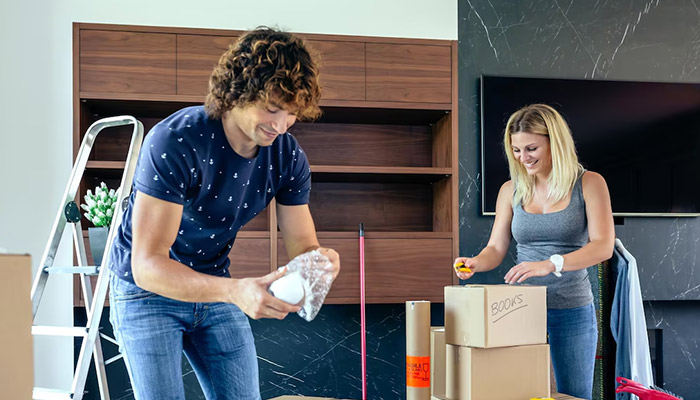
We recommend starting unpacking the small things, like bedding, before moving on to the larger furniture. This will give you an early sense of accomplishment.
Remember that you can’t unpack until after you get settled in a bit. You’ll need somewhere for all of your clothes and other household items to go, so make sure to find reliable storage space or an apartment for rent before you start packing up boxes.
Make sure to leave enough time between when renting an apartment for rent and your scheduled move-in date to find and move items to your space, though on-demand storage can make this process easier.
There are many wonderful potential benefits to moving into a new apartment for rent, including a lower cost of living, proximity to shopping centers and schools, and being closer to family members.
Moving into a new home can be an exciting new chapter in your life. When it comes to moving, the more tricks you have up your sleeve, and the more your plan, the more efficient.
We hope the tips in this article will help you to plan the perfect move and make it less difficult and stressful.
6 Things to Consider When Moving from an Apartment to a House
After renting for so many years, you’ll likely feel incredibly excited to move into a home over another apartment. This is a huge step in the right direction and signifies a new chapter in your life; owning property comes with a wealth of benefits, such as more space, additional privacy, and the ability to customize your living environment exactly how you see fit. However, moving from an apartment to a house isn’t something you do every day, and you can’t dive into it without thoughtful planning.
From figuring out your moving budget and dealing with the logistics with your movers to getting used to a different way of living and determining what to prioritize when you move in, there are a lot of things to ponder. In this article, we will delve into the key aspects you should consider when making this move, and we’ll share some expert tips and advice to help you smoothly navigate this exciting transition.
1. Compile a Checklist of Home Projects to Tackle Pre-Move

Owning property is an exciting prospect! It means you can finally mold your space in your own vision. Once you’ve visited the property, it’s time to start thinking about what you’d like to improve at your new location. You’ll be in charge of everything at your new home, so it’s important to identify what needs to be updated. Take a look at your new place and figure out which home improvement projects should take priority, which may include:
- Repaint the interior rooms to refresh the spaces to your liking
- Swap out outdated fixtures for more modern ones
- Replace your roofing system with new materials for better protection and a new aesthetic
- Update the landscape design with new soft scaping options and other materials
Additionally, as you begin with this thrilling relocation job, keep in mind that while each home improvement project is exciting and it’s wise to build a list of projects to prioritize after you move in, make sure you consider the next point too.
2. Keep Your Savings in Mind

Moving can be an expensive ordeal and costs can add up quickly; too often, new homeowners are caught off guard by hidden fees and additional expenses that weren’t included in the original moving estimate. On top of the down payment and closing costs, you’ll need to set aside extra funds for your moving expenses and home improvement projects. Don’t forget to also account for other costs like utilities, property taxes, and home insurance. All of those can significantly affect your overall living expenses after moving in.
To help you navigate these complexities, here are a few helpful strategies to keep in mind:
- Enlist the help of a real estate agent when searching for a home. They are experienced in all the nuances of homeownership and will make you aware of all potential costs and considerations. They can also provide valuable insights into the market and offer tailored advice to keep your expenses low.
- Downsize your total moving inventory for lower moving costs. Go through all your possessions and identify things that you want to keep, sell, or donate. Then make a plan to get rid of your sell and donate piles before moving day.
- Make a detailed and itemized budget for all moving expenses and any future plans. Compile the estimated averages for all things like utilities, moving supplies, home improvement project costs, and more. Once you have firm numbers on paper, you’ll have a better sense of how much money you need to set aside for the transition and afterward.
Having a safe financial set-up will give you a cushion and ensure a smoother transition, so make sure you keep all costs in mind.
3. Take Inventory of Additional Spaces
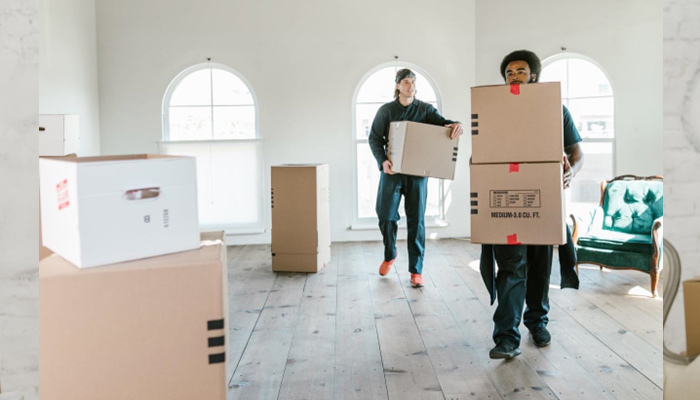
One of the cool things about moving from an apartment to a house is that you get loads of extra space. How can you make the most of your extra space and maximize the value of your new property? Take some time to map out the floor plans and imagine how you can optimize these areas.
Have you always wanted a home office? What about a workout corner? Or do you envision renting out rooms on Airbnb for some extra change throughout the month? Just keep in mind that while it’s a good idea to create more functional spaces in your new home, you also should strive to make it your own. When you have plans for each room, you’ll help keep things organized, saving you from that clutter down the line.
4. Be Mindful of Your Moving and Packing Needs
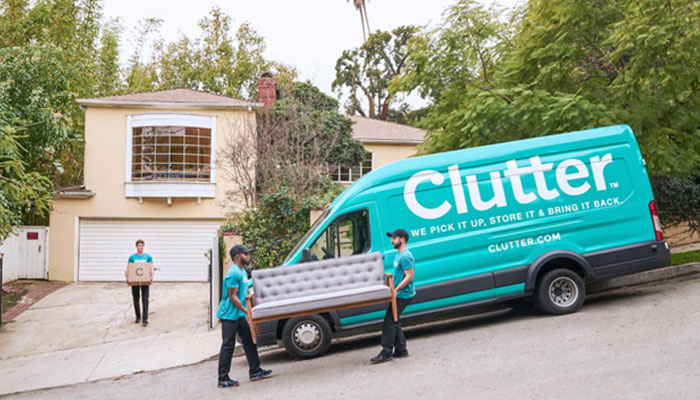
If you’re moving from an apartment, you likely don’t have a ton of stuff, but don’t be fooled: there will still be plenty of things to move between your clothing, your furniture, your knick-knacks, and so on. It’s important to assess how many things you need to move, how far you need to move, and if you need some additional help.
Professional movers can handle the bulk of the heavy lifting and transportation for you, and when you hire full-service movers, they can even take care of packing, unpacking, furniture disassembly and re-assembly, and more. Keep in mind that movers will add more costs to your overall transition, but they can be worthwhile when you are short on time or patience.
If you prefer to do things on your own, keep these tips in mind:
- Invest in new packing supplies to ensure durability and reliability
- Use different-colored labels for each room to simplify the unpacking process
- Always pack the heaviest items at the bottom of the box
- Use any storage containers, suitcases, and other boxes that you already own to reduce waste and save money
- Reserve the bigger boxes for lighter things (e.g., clothing, knick-knacks, etc.) and smaller boxes for heavier things (e.g., books, papers, etc.)
5. Evaluate the Need for New Locks
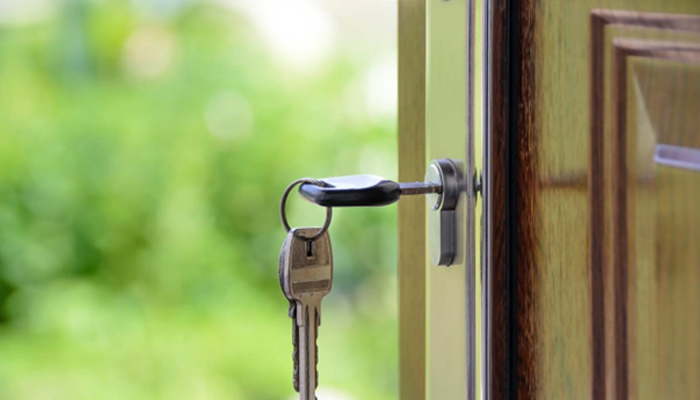
Security is a paramount concern when moving from an apartment to a house. Unlike apartment complexes with centralized security measures, houses require homeowners to take proactive steps to secure their property. It’s a good idea to start researching security systems prior to your move-in, but it can take time to compare options and select one that works best for your budget and your needs. That said, the best thing that you can do for security when you move in is to evaluate the need for new locks on doors and windows.
This is especially important if the previous owners had multiple key copies or if the existing locks have become outdated. While the previous owners have likely handed over all their keys, there’s no guarantee that a few haven’t gone missing over the years. Some risk exists that your property may remain unsecured.
After moving in, we’d recommend investing in new high-quality locks for all doors (and windows) for total peace of mind. These security measures can add to the list of additional costs associated with moving into a house. Factor them into your overall budgeting!
6. Conduct Thorough Home Inspections Prior to Move-In
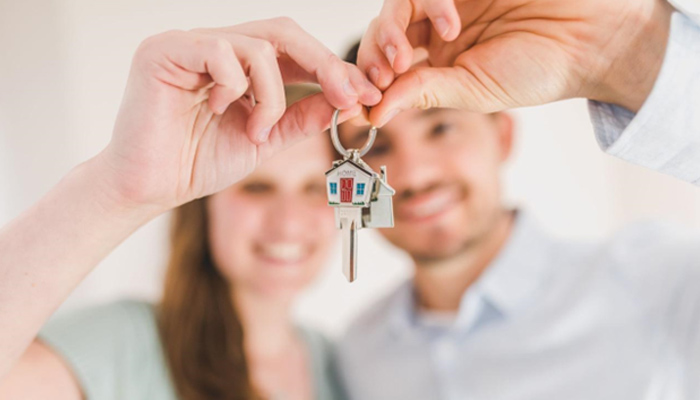
Before finalizing the move, it’s a good idea to conduct a thorough pre-move inspection of the entire property. While this step is likely already conducted when closing on the home sale, it’s good to get a second set of eyes on your home’s critical components. It’s a cost-effective way to ensure you’re making a sound investment. It can pinpoint any concerns or potential issues that could need to be addressed prior to moving in or soon after.
Enjoy Your New Role as a Homeowner
Moving from a renter to a homeowner is one of the best decisions that you could make for tons of reasons. First, you’ll earn equity on your property. You’ll also expand your living space significantly, and you’ll have more chances to personalize your space to your aesthetic. But, the transition will be a trying time! You’ll need to consider these six key factors for a more successful move. Keep in mind our advice to better equip yourself for the responsibilities of homeownership.
Your Hassle-Free Move Starts Here—Book Our Moving Services!
Conclusion
In conclusion, moving to a new apartment can be both exciting and challenging. However, by following these 12 essential tips, you can significantly reduce stress and make the transition smoother. From thorough research to careful packing and organizing, these strategies ensure that you’re prepared for every step of the move. Whether you’re a first-time mover or experienced, taking the time to plan ahead, declutter, and pack strategically will save you time, energy, and headaches. With the right approach, your move can be an efficient and rewarding start to your new chapter.
FAQs for Essential Apartment Moving Tips for a Smooth Transition
Q: How should I prepare perishable food before moving?
It’s best to consume or donate perishable food items a few days before your move. You can also store perishables in coolers with ice packs if moving locally. For long-distance moves, avoid packing perishable items, as they can spoil in transit.
Q: What’s the best way to deal with overlapping leases when moving between apartments?
If your new lease starts before the old one ends, use the overlap to move gradually. This allows you to move essentials first, clean both spaces, and reduce the pressure of doing everything in one day. If there’s no overlap, consider short-term storage or extend the old lease by a few days.
Q: What are some practical packing tips for small or irregularly shaped items?
Use small boxes, plastic bins, or compartmentalized containers to pack small or odd-shaped items. You can also wrap delicate items in socks or towels for extra protection. Label these boxes clearly to make unpacking easier.
Q: What should I keep in mind when moving with pets or children?
For a smooth move with pets or children, plan ahead by packing their essentials in a separate bag. Keep familiar toys or bedding handy to reduce anxiety. Consider arranging for childcare or pet sitting on moving day to avoid chaos.
Q: What are the best ways to make your new apartment feel like home quickly?
Start by unpacking essentials, like bedding, kitchen supplies, and personal items. Adding personal touches, such as photos, décor, and favorite items, helps create a cozy atmosphere. Set up a few familiar routines early on to adjust more quickly.


